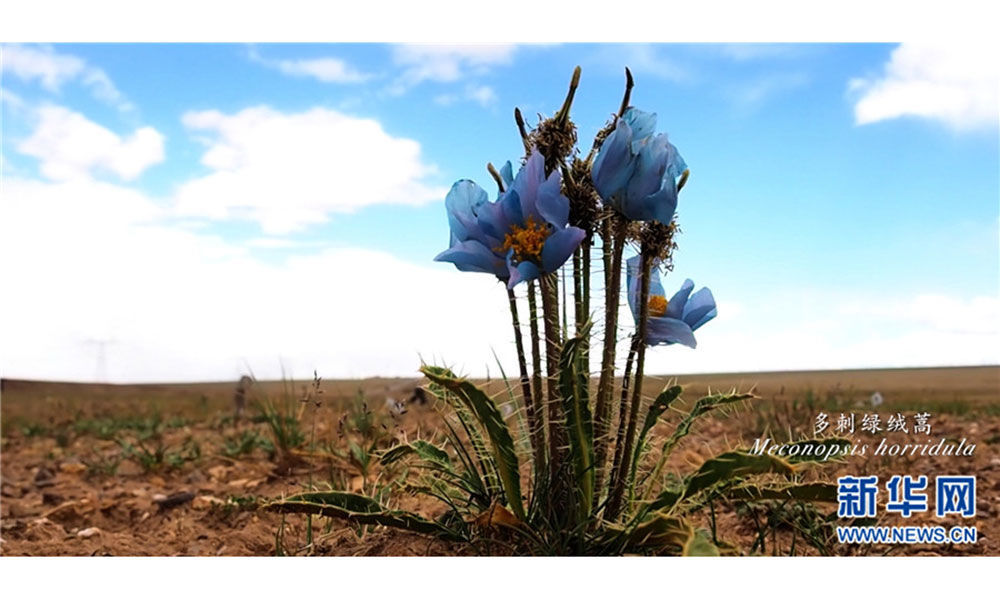Tibetan heritage on horseback
The Yushu Horse Racing Festival is currently the largest gathering in Tibetan-inhabited areas in Qinghai. In 2008, it was included in China's National Intangible Cultural Heritage List, and the Gyathang Grassland in the region is known as "China's equestrian town".
"Today, the older generation act more in the role of ‘teacher', while the younger generation, as they study in school, also learn horsemanship, making the preservation and cultural inheritance more systematic," said 62-year-old Wungog . In his view, "any kind of preservation needs to keep up with the times, like the more times a rider falls, the more experienced he gets. This is how we sum up experience."
The 53-year-old Songje Pentso believes, "While we pass on (to the younger generation) horsemanship skills, it's more important to teach them emotional exchange (method) between people and horses. Only people who cooperate (are connected) with their horses are able to display superb skills."
Horse culture is simultaneously used for leisure and entertainment, cultural heritage, economic exchange, artistry, and other social functions. It is an important part of nomadic culture in the Sanjiangyuan (three rivers sources) area. Wungog said, "We not only see the combination of traditional and modern horsemanship culture, but also want to benefit from this cultural heritage, to promote horsemanship and show the whole world our culture."
"Although the younger generation relies more and more on modern means of transportation, it's heartening that more and more young people are joining equestrian societies."
Your Comment
Name E-mailRelated News
-
;
-
-

-
Blooming flowers in Hoh Xil
HOh Xil is one of the most perfectly-preserved primitive ecology sites of the world, and one of the largest and highest nature reserves of China with richest wild animals.
-
-
-

-
Qinghai ensures bilingual education in Tibetan-inhabited areas
Qinghai Province has put effort into compiling 130 Tibetan-language teaching materials within the last five years, ensuring bilingual teaching demand for more than 3,000 Tibetan middle and primary schools.
-
-
-

-
Protection of naked carp in Qinghai Lake
Since 2002, Qinghai Province has put more than 100 million artificially reproduced naked carp krill to Qinghai Lake, with an 85% survival rate. After 15 years of efforts, the fish in Qinghai Lake has recovered to a level of 70.8 thousand tons in 2016.
-
Based in Lhasa, Tibet Vista is a Tibet travel agency that specialized in Tibet permit, and Tibet tours for both private and group travelers at a local price!
•4 Days Lhasa City Group Tour from USD 460 •8 Days Everest Base Camp Group Tour from USD 850 •15 Days Mt.Kailash Group Tour from USD 1780 •2016 Tibet Train Tours from Beijing, Shanghai, Chengdu, Xining,etc










